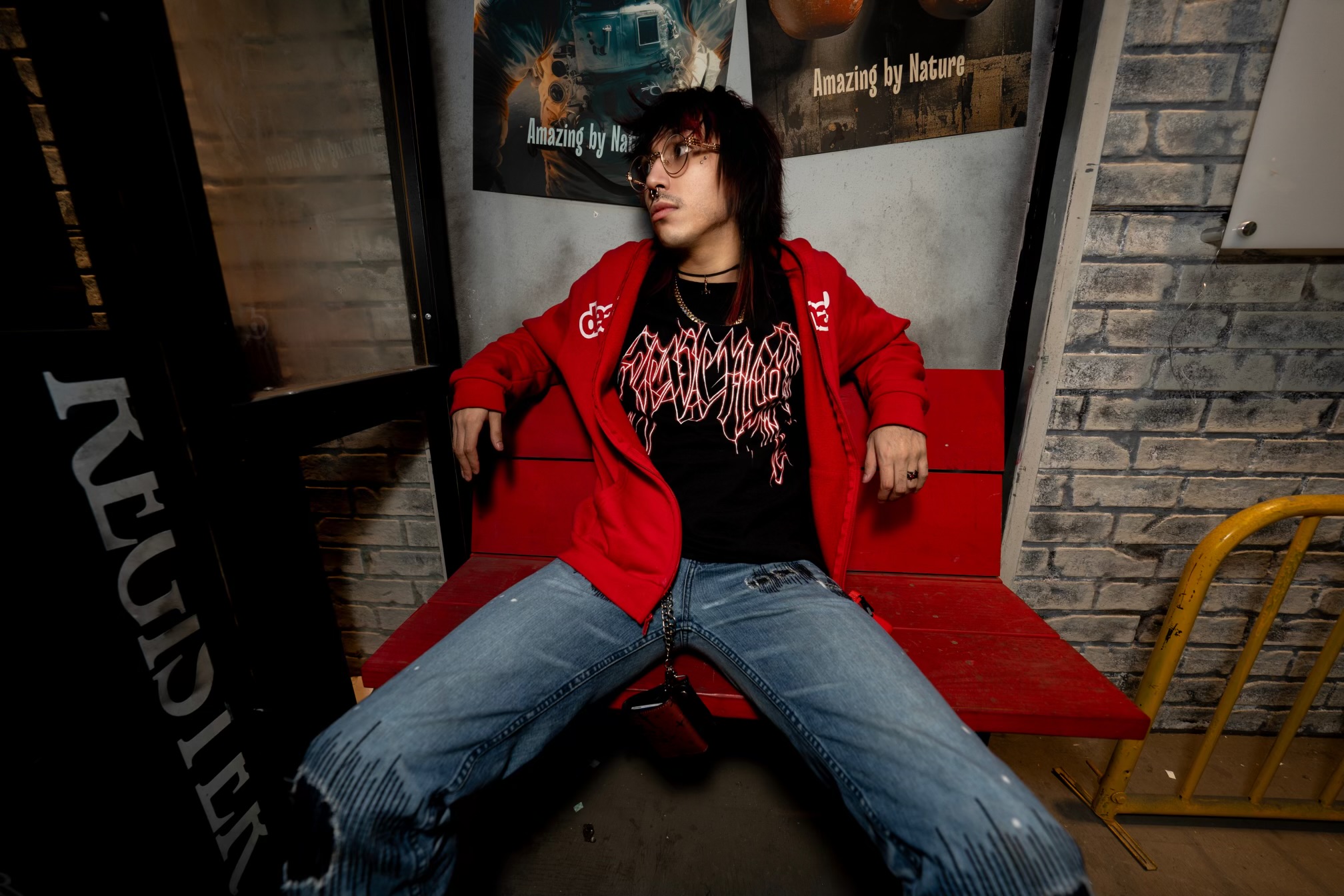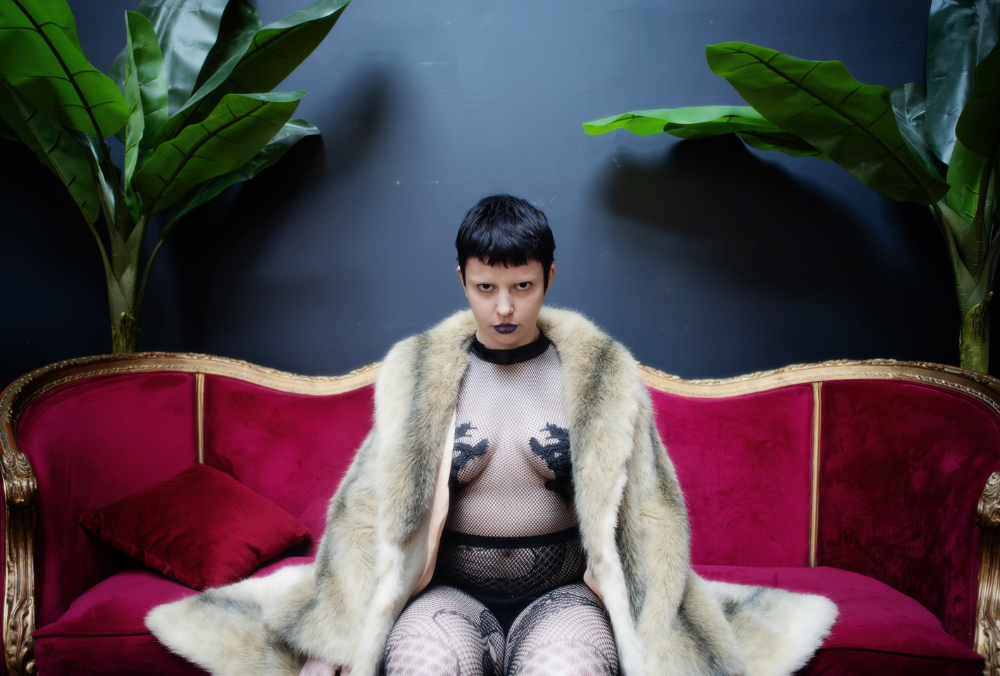Avatar: The Last Airbender introduced a generation of fans to martial arts, animation and long-form story-telling -- but what many don't know is that airbending, waterbending, earthbending and firebending aren't just fantasy. Oh sure, the element-bending part of them is -- but the movements are based on real-life martial arts that anyone can go out and learn.
Revealed through special features included with DVD and Blu-ray releases, as well as through Avatar Extras (a special rerun on Nicktoons where notes from the staff would pop up while the episode played), the team has named each martial art the four bending forms are based on, giving dedicated fans the perfect opportunity to become more Avatar-like themselves.
In the series, even the more obscure instances, like when a character has a distinct or unique style, have very specific martial arts inspirations. For example, Toph's bending style is based on the Southern Praying Mantis style, Chu Gar, which perfectly suits her as it focuses on keeping one's feet on the ground. Meanwhile, Capoeira, a Brazilian martial art that combines dance and combat, was used for the dancing scene in Season 3, Episode 2, "The Headband." But, of course, it's easier to catch the styles that get the most screentime.
Baguazhang's English alias, circle walking, will make its element immediately apparent to any Avatar fan. Emphasizing circular motions, this martial art is one of the few that uses weapons, something that Airbenders appear to be unique for among the four nations, with even Avatar Kyoshi using a fan to aid her airbending techniques.
Much like the curling wind, the Baguazhang practitioner is almost always moving, emphasizing flexibility in attack and defense, as well as agility and constant repositioning to gain the upper hand. These quick, unpredictable movements mean that they can switch from evasion and blocking to attacking almost seamlessly, all while confusing opponents. This perfectly matches the Air Nomads' dual nature of holding perhaps the most devastating element (as Zaheer proved) and most pacifistic ideals.
Following the avatar cycle, the element of water is represented by Tàijí Quán, more commonly known as Tai Chi. While the connections between this style's fluid movements and the ebb and flow of the tide is immediately clear, there's a strength and deliberateness to it that sets it apart from airbending.
Tai Chi is commonly used as a form of exercise or meditation, but when applied for a fight, a Tai Chi user can both defend and attack in one fluid movement, similar to how an ocean current can pull one away from danger whilst sucking up one's adversaries. But, like learning to travel the high seas, Tai Chi requires an incredible amount of dedication to master -- no matter how easy it appears to be. Thus a Tai Chi practitioner who looks like an easy target may, like a sudden wave, quickly turn the tide of battle, making the art perfect for the Water Tribe.
Hung Gar Kung Fu is a powerful fighting style with focus on rock-solid stances that made it a no-brainer to represent the Earth Kingdom's usual earthbending techniques. While it may not emphasize "contact with the ground" as much as the previously mentioned Chu Gar style, its use of low, wide forms ensures that Earthbenders are nearly impossible to take down.
Unlike both Tai Chi and Baguazhang, this form uses sharp, powerful, head-on attacks perfect for embodying the overwhelming strength of Earthbenders who endure attacks rather than avoid them. It's worth noting though that, while stability is key to this style, it still involves a fair amount of footwork, especially when moving to attack.
Finally, Northern Shaolin Kung Fu, with its aggressive attacks and sharp forms, was chosen to represent fire. This style employs more jumps, kicks and punches than the other styles, making it a more energetic art for an energy-based element. The aggressive and primarily offensive nature of the forms makes it a perfect choice for the warlike Fire Nation. While the style has defensive and countering moves as well, subduing an opponent is often the best path to victory.
As a result of these quick aggressive moments, Northern Shaolin can appear less controlled than the other forms, which perfectly suits Firebenders who rely on rage and hatred to fuel their flames. In contrast though, actually learning to command the form takes time, skill and dedication, making the moves anything but emotional outbursts, as Zuko and Aang learn in Season 3, Episode 13, "The Firebending Masters."
Each of these different martial arts emphasizes a different aspect of the element they represent, from Tai Chi's fluidity to Hung Gar's stability, helping the viewer distinguish different benders just by their movements, all while helping create distinct cultures for each Nation. By studying and putting in the effort needed to accurately capture each style's forms into animation, Avatar was able to create history for each fight, telling its story in a dynamic way that would not have been possible otherwise.
About The Author
